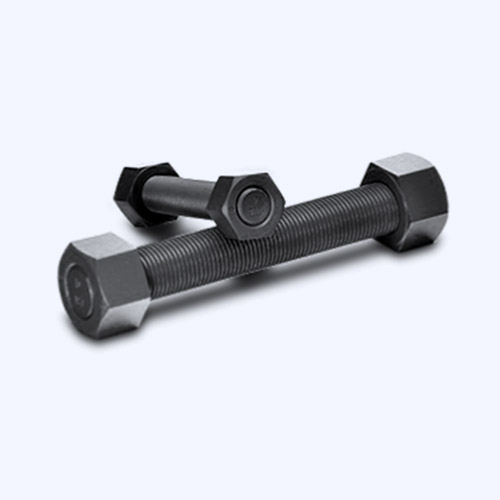Kas . 16, 2024 04:16 Back to list
m5 nut socket size
Understanding M5 Nut Socket Size A Comprehensive Guide
When it comes to precision engineering and assembly, understanding the correct sizes and specifications of fasteners is crucial. Among these fasteners, the M5 nut plays a significant role in various mechanical applications. The term M5 refers to a metric screw size with a nominal diameter of 5 mm. Matching an M5 nut with the appropriate socket size is essential for ensuring proper fastening and optimal performance in any construction or repair project. This article will delve into the intricacies of M5 nut socket size, its applications, and considerations for effective use.
The Basics of M5 Nuts
The M5 nut is designed to fit an M5 bolt or screw, which is common in numerous mechanical and structural applications. These nuts are typically made of materials like steel, stainless steel, or nylon, depending on their intended use. The choice of material can affect the nut's strength, corrosion resistance, and weight.
The M5 dimension follows the standard metric thread specification, commonly referred to as the ISO metric thread. This standard ensures compatibility among various components, making it easier for engineers and manufacturers to source and utilize parts across different countries.
Socket Size Compatibility
When selecting a socket for an M5 nut, it's important to understand that socket sizes are directly related to the dimensions of the nut's hexagonal shape. M5 nuts generally require a socket with a size of 8 mm. However, this size can vary slightly based on the specifics of the nut design, such as whether it features a flange, a lock feature, or is made from a certain material.
m5 nut socket size

Additionally, it is essential to use a socket that fits snugly around the nut to prevent slipping and ensure effective torque application. Using the wrong size socket can lead to rounding off the corners of the nut or damaging both the nut and the bolt, compromising the integrity of the assembly.
Applications of M5 Nuts and Sockets
M5 nuts and sockets are used in a wide range of applications, from assembling furniture to securing parts in automated machinery. In the automotive industry, for example, M5 nuts are frequently employed in engine components and chassis assembly. In electronics, they are often used to mount circuit boards securely within casings. The aerospace industry also utilizes M5 components to ensure that all parts are held with precision and reliability.
Due to their versatility, M5 nuts and sockets are considered a staple in workshops and toolkits. Knowing how to choose and use these fasteners correctly can facilitate a wide array of projects, enhancing both DIY efforts and professional mechanical work.
Conclusion
Understanding M5 nut socket size is essential for anyone involved in mechanical assembly or repair. By ensuring you have the right tools—specifically, an 8 mm socket—you can guarantee a secure fit that promotes effective fastening. Whether you're working on electronics, automotive repairs, or DIY tasks around the house, the correct application of M5 nuts and sockets can significantly influence the efficacy and durability of your work.
In summary, always pay attention to the specifications and sizes of nuts and their corresponding sockets. This knowledge not only enhances your efficiency as a builder or repairer but also ensures that your projects uphold the highest standards of quality and safety.
-
The Ubiquitous Reach of DIN934 in Application Realms
NewsMay.16,2025
-
Exploring Different Bolt Types
NewsMay.16,2025
-
Cracking the Code of Sleeve Anchor Mastery
NewsMay.16,2025
-
Clamp Design Principles,Types and Innovations
NewsMay.16,2025
-
Artistry Inspired by the Humble Anchor Bolt
NewsMay.16,2025
-
A Deep Dive into Screw Types
NewsMay.16,2025


